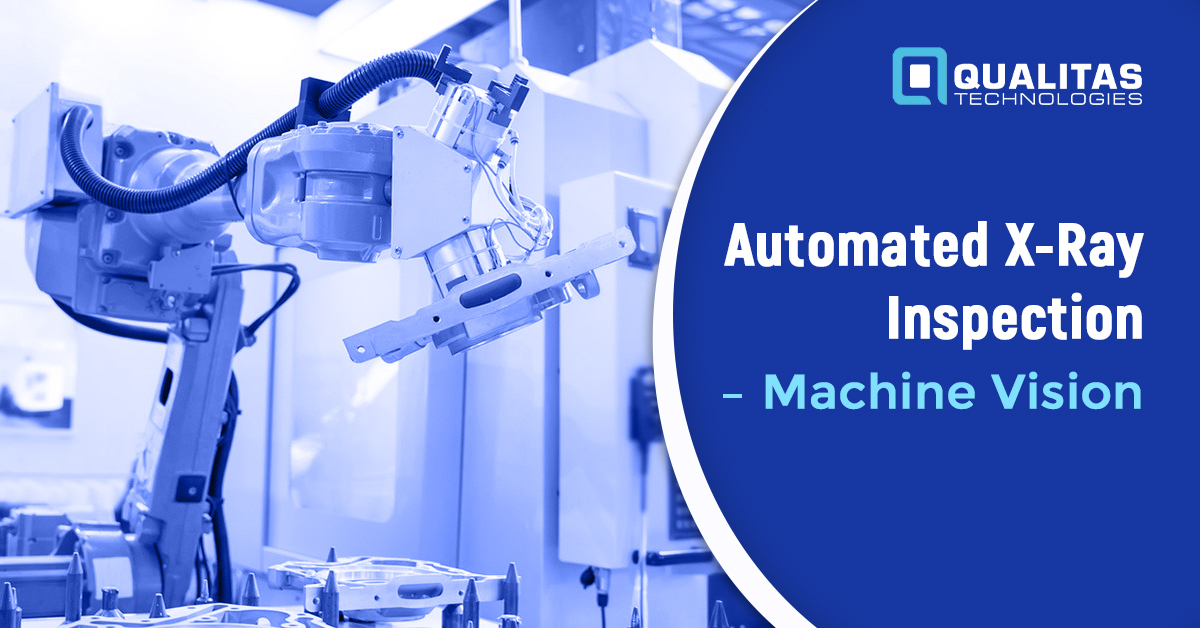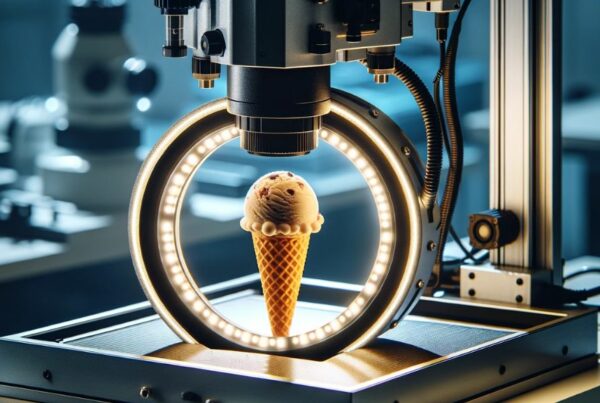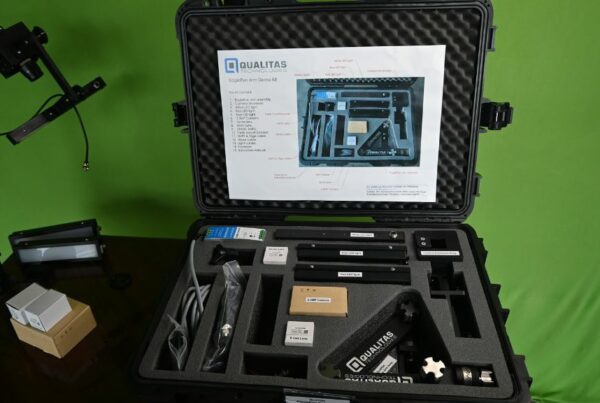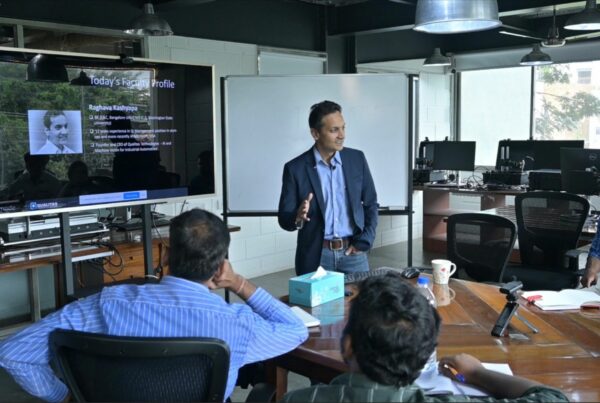
What is X-Ray Inspection?
X-ray is a kind of electromagnetic radiation with wavelengths shorter than UV rays but longer than gamma rays. The x-rays that carry energy levels above 5 KeV are considered hard x-rays. These hard x-rays are capable of penetrating through a wide range of materials and hence, have widespread applications in the medical and industrial domain.
X-ray inspection is a method that uses x-rays to develop images for viewing and analyzing. When x-ray beams are projected onto the object, some radiation are absorbed, some are scattered, and some is transmitted. By measuring the transmitted radiation impinging on the imaging device, an image is constructed, which is further used to inspect the desired features.
Although x-ray imaging systems have been around for a century now, the associated complexity and dangers had restricted these systems from a wider range of applications. However, today’s enhanced understanding of x-ray sources and safety is driving its incorporation into product inspection and quality-control procedures.
Also, Read A Guide To Computational Devices In Vision Inspection Systems
Applications of Automatic X-Ray Inspection
As x-ray technology has advanced over the years, its use-cases have become highly diverse. Initially restricted only for medical use, x-ray technology is now providing immense value to the industrial landscape too. Mentioned below are three prominent industrial x-ray use-cases:
- X-ray weld inspection
Defects in the weld of cylinders not only affect the quality of the manufactured cylinder but are also a major security concern. Welds need to meet the set standards and specifications. It is imperative to ensure that the welds can withstand stress over time. They should also be smooth for visual appeal. All these demands reinforce the need for accurate inspection.
The x-ray weld inspection technique is an effective way for real-time imaging and defect detection. During x-ray weld inspection, several weld features can be evaluated, like discontinuities, imperfections or size issues. Using this technology, pipe manufacturers can easily spot surface cracks and bubbles by rotating the pipe within the x-ray beam. Most importantly, the x-ray weld inspection system exposes internal flaws that would have been impossible to detect with a visual inspection. Conclusively, the x-ray weld inspection system ensures that all the required specifications, codes and standards are met.
- X-ray machine for food industry
X-rays can penetrate food items and enable the imaging of the internal parts of the item to detect defects or contaminants without damaging them. After the x-ray has been projected on the item, a sensor converts the transmitted rays into a greyscale image. If a contaminant is encountered in the way, a dark spot will appear in the image. This procedure is known as x-ray food inspection.
The x-ray food inspection technique can identify a number of physical contaminants such as metal, rubber and some plastics. The x-ray food inspection system has a high potential for the grading of grains, fruits and the detection of remnant bones in chicken and fish. The x-ray food inspection technique is finding widespread use in the inspection of packaged and processed foods. Combined with modern technology, the x-ray food inspection technique has become quite suitable for in-line production control and verification.
- X-ray PCB inspection
The increasing density and decreasing size of Printed Circuit Boards or PCBs have made it quite impossible for the traditional inspection methods to give accurate results. As a result, even advanced techniques such as ultrasonic and thermal imaging methods have become relatively ineffective.
In the x-ray images of PCBs, the metal is dark, and other materials like glass and ceramics are very light. This sharp contrast helps in the inspection of the various metallic parts on the board. It also helps in the identification of potential problems such as solder bridges, solder voids, and pin-hole fills. This is why the x-ray inspection technique has the edge over others.
Also, Read The Evolution of Machine Vision
Benefits of X-Ray Inspection
X-ray is a non-contact, non-intrusive, and non-destructive type of radiation, regardless of where it is being applied. While exposure to x-rays can be harmful, the benefits of this remarkable technology far outweigh its risks if the safety measures are implemented with care. Some of the main benefits of an x-ray inspection system have been enumerated below:
- X-rays are non-destructive and non-intrusive. So, the features of the object under inspection remain unaltered.
- Since no physical contact is required, even high-temperature materials can be inspected easily.
- X-ray inspection systems facilitate accurate and convenient internal part analysis.
- X-ray inspection systems are quick, feasible, and easy to operate.
- By cutting down the costs associated with inspection labor, x-ray inspection systems also bring down operational costs.
X-Ray and Vision System Integration
The unique properties of x-ray are enabling modern machine vision systems that can “see” obscured defects within solid objects in industries such as F&B processing, automotive, and electronics. Also, with the improved images made possible by the latest x-ray sources, machine vision techniques can be applied more readily for high-speed automatic defect detection.
Also, Read Understanding Camera Sensors for Machine Vision Applications
Much like the typical machine vision systems, automatic x-ray inspection systems comprise an illumination source, frame grabber or digital interface, image processor, detector, and machine vision software and algorithms.
Conclusion
Since the 1900s, x-ray machines have been a boon for the medical, and now, they have found an important place in the industrial landscape as well. Combined with today’s modern technologies, x-ray machines are helping create high-speed and highly accurate, fully automated inspection systems. In this post, we discussed the basics of x-ray inspection, its benefits, and how the integration of x-ray and vision systems can further enhance inspection systems. We also studied three industrial x-ray use-cases, viz. x-ray weld inspection, x-ray machine for food industry and x-ray PCB inspection.
Register For Our Upcoming Free Webinar





